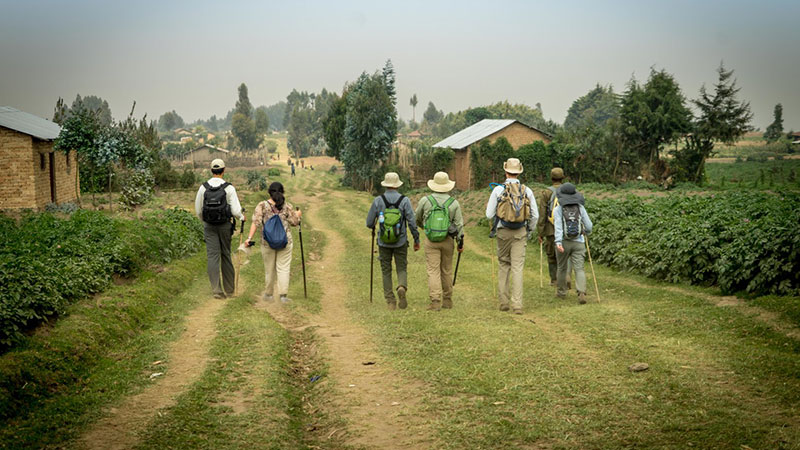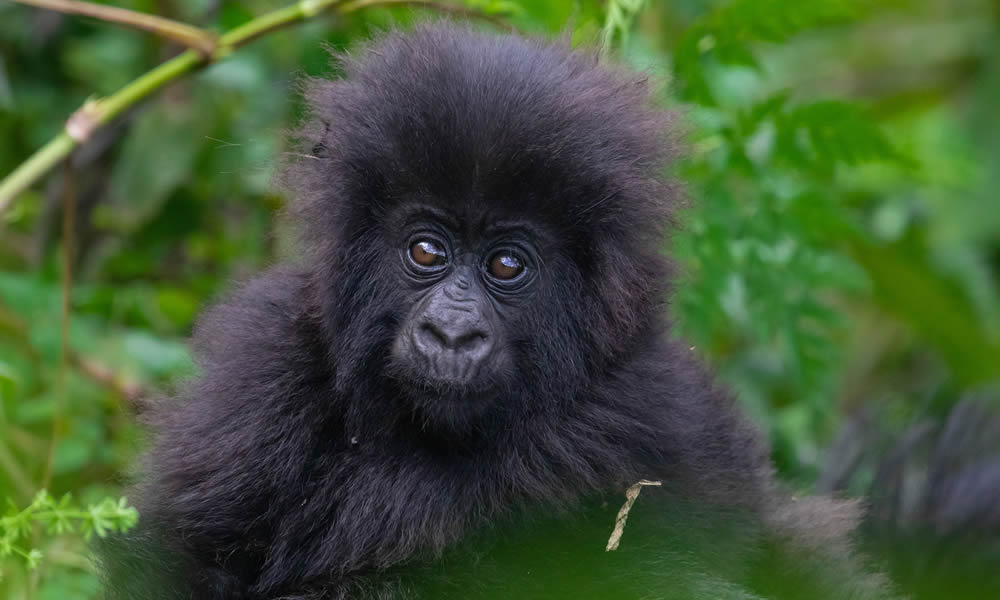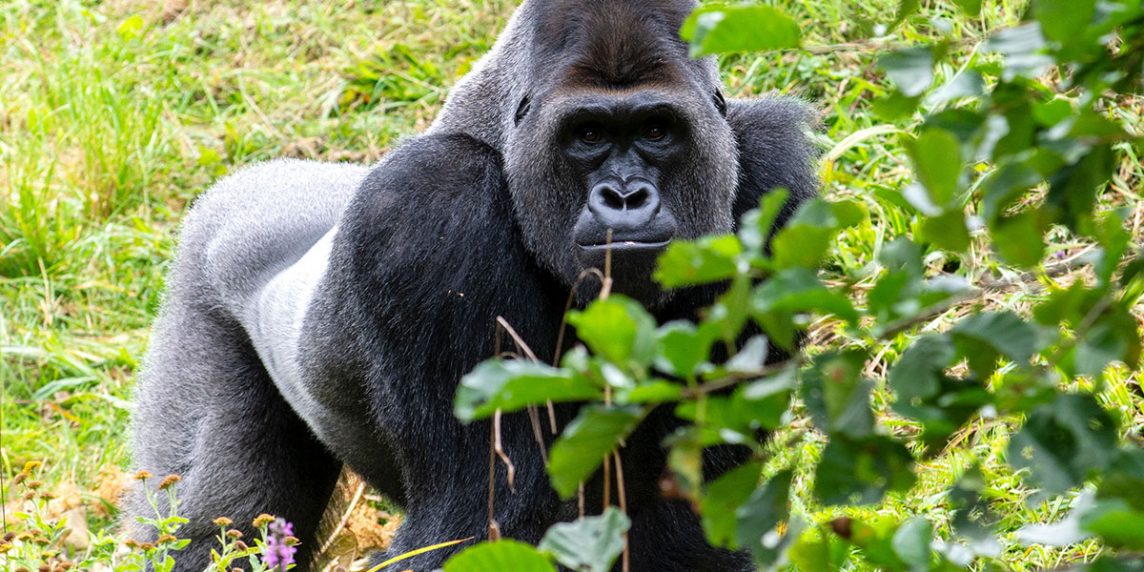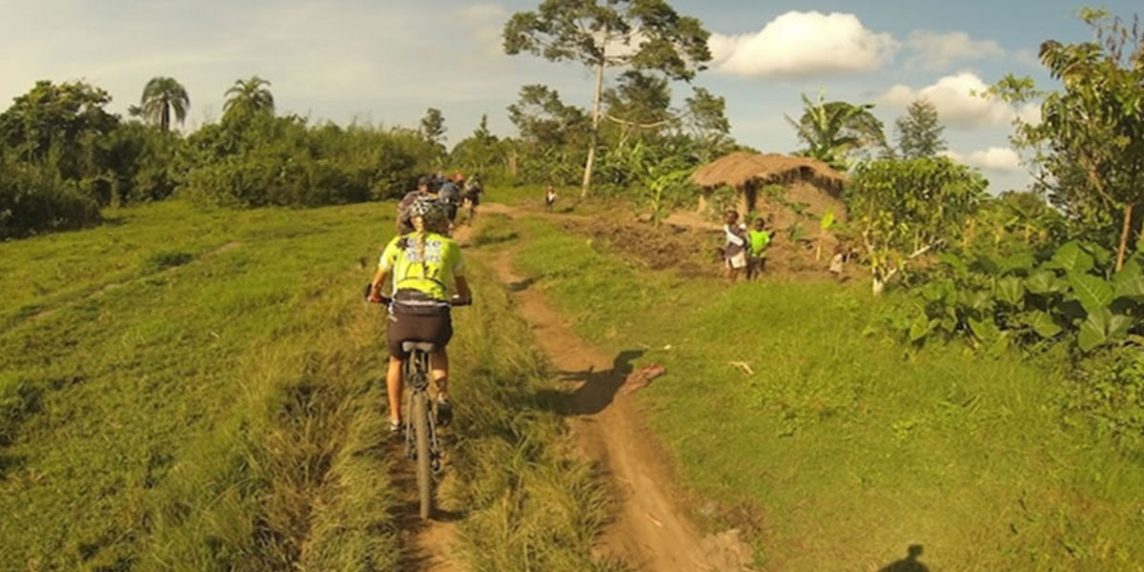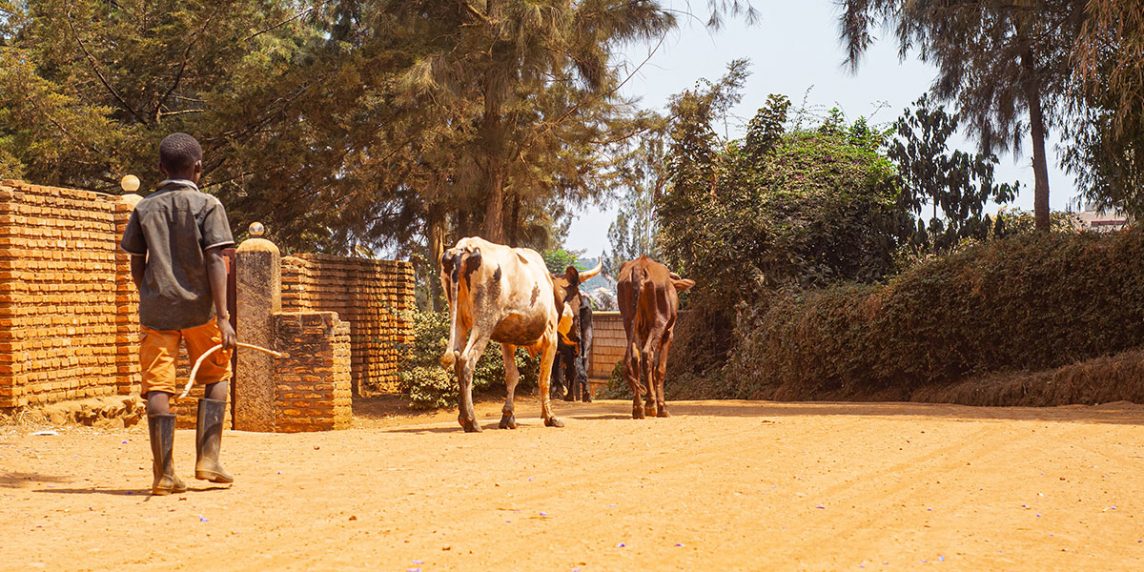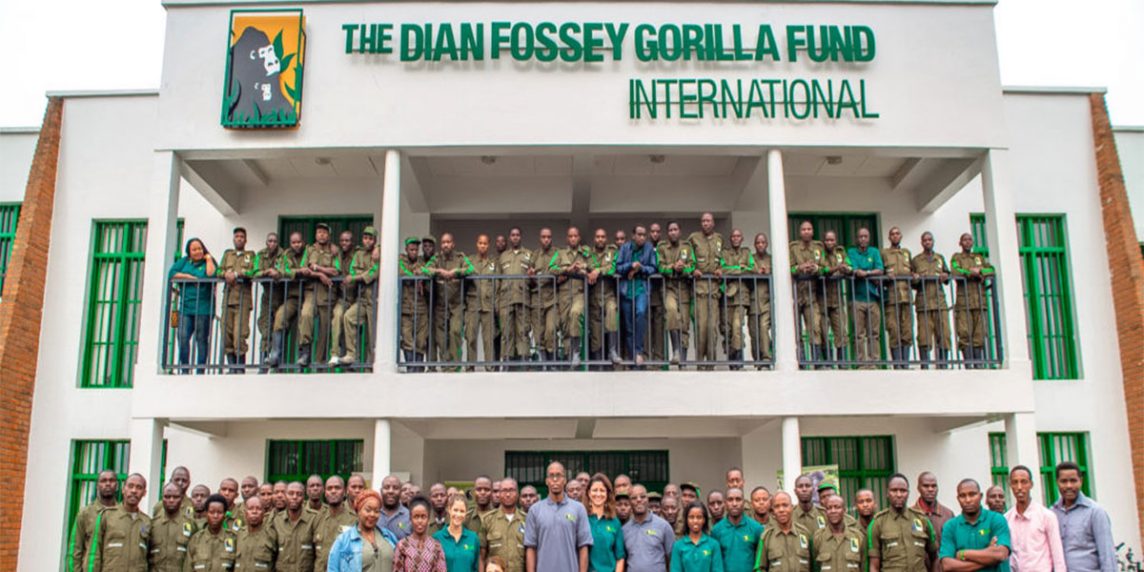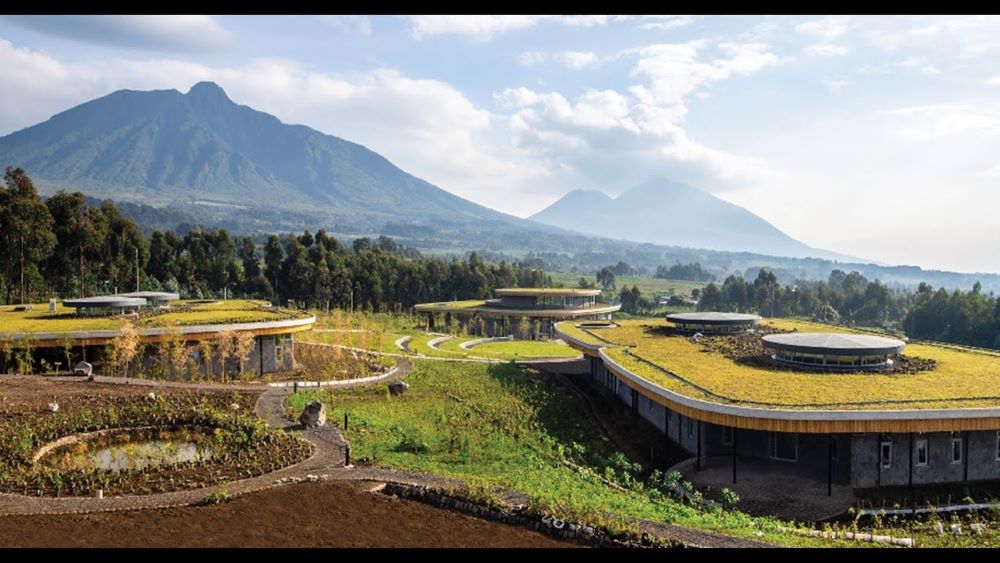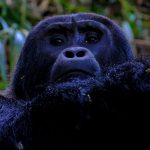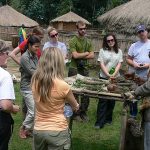What makes Volcanoes National Park Unique; The park in Rwanda stands as a testament to the extraordinary beauty and biodiversity that characterize this East African nation. Nestled in the Virunga Mountain range, this park is a jewel in Rwanda’s conservation crown, renowned for its unique features that set it apart on the global stage.
One of the most distinctive aspects of Volcanoes National Park is its remarkable volcanic landscape. The park is home to a chain of six volcanoes, which form part of the larger Virunga Massif. These towering peaks, including the iconic Mount Karisimbi, create a dramatic and breathtaking backdrop for the park. The sight of these majestic volcanoes, shrouded in mist and surrounded by lush greenery, is a spectacle that captures the imagination and provides a sense of awe and wonder.
However, what truly sets Volcanoes National Park apart is its critical role in the conservation of the endangered mountain gorillas. The park gained international fame through the pioneering work of primatologist Dian Fossey, whose research on mountain gorillas in the 1960s brought global attention to the species. Today, Volcanoes National Park is one of the few places on Earth where visitors can engage in gorilla trekking, offering a rare and intimate encounter with these remarkable creatures.
The gorillas in Volcanoes National Park are part of a population that spans the borders of Rwanda, Uganda, and the Democratic Republic of the Congo. The park’s commitment to the conservation of these gentle giants has been instrumental in ensuring the survival and growth of the mountain gorilla population. Rigorous conservation efforts, including anti-poaching measures and habitat protection, have contributed to a steady increase in the number of mountain gorillas in the park.
Beyond gorilla trekking, Volcanoes National Park offers a rich tapestry of biodiversity. The varied ecosystems within the park support a diverse range of flora and fauna, creating a haven for nature enthusiasts. The dense bamboo forests, montane forests, and alpine meadows provide a unique habitat for numerous species of birds, mammals, and plants. This ecological diversity adds depth to the park’s appeal, making it not only a sanctuary for gorillas but also a haven for those seeking to explore and appreciate the wonders of nature.
Volcanoes National Park holds cultural significance, deeply woven into the fabric of Rwandan history and heritage. The park is not only a natural treasure but also a repository of cultural traditions. The indigenous people, known as the Batwa, have inhabited the region for centuries, and their presence adds a layer of cultural richness to the park experience. Visitors have the opportunity to engage with the Batwa community, learning about their customs, traditional practices, and the symbiotic relationship they share with the natural environment.
In conclusion, Volcanoes National Park in Rwanda stands out as a unique and multi-faceted gem. Its spectacular volcanic landscape, commitment to mountain gorilla conservation, diverse ecosystems, and cultural significance collectively create an experience that is unparalleled. The park not only showcases the breathtaking beauty of Rwanda but also serves as a model for sustainable conservation practices, ensuring that future generations can continue to marvel at its uniqueness. Whether trekking through the lush forests, standing in the shadow of volcanic peaks, or connecting with the local culture, a visit to Volcanoes National Park is an immersive and unforgettable journey into the heart of Rwanda’s natural and cultural heritage.

